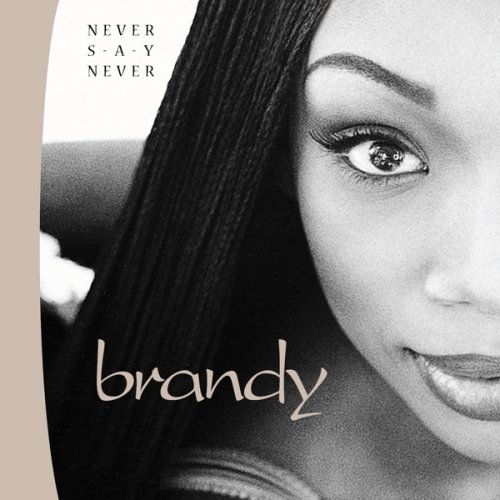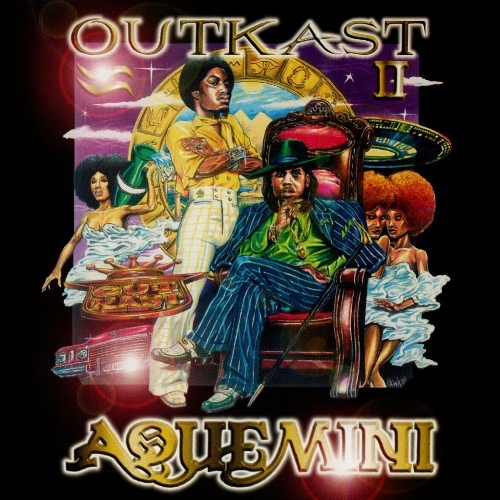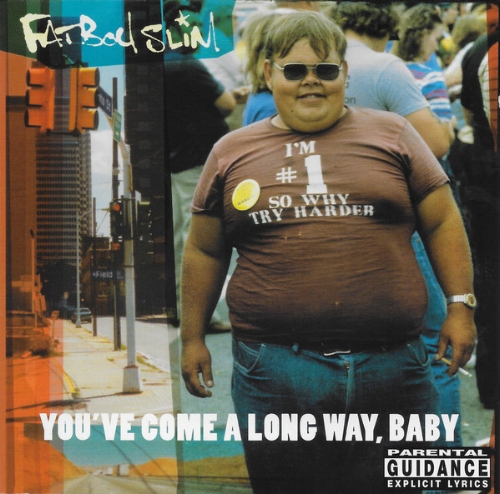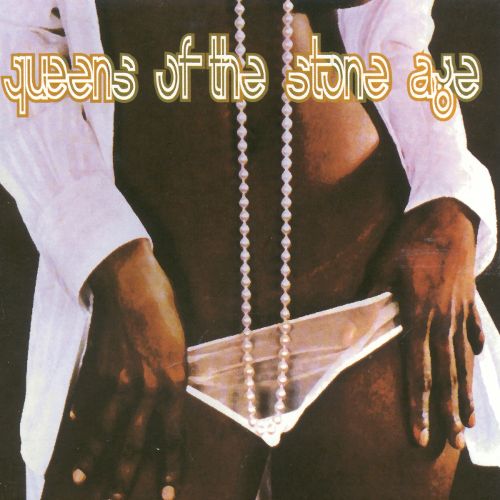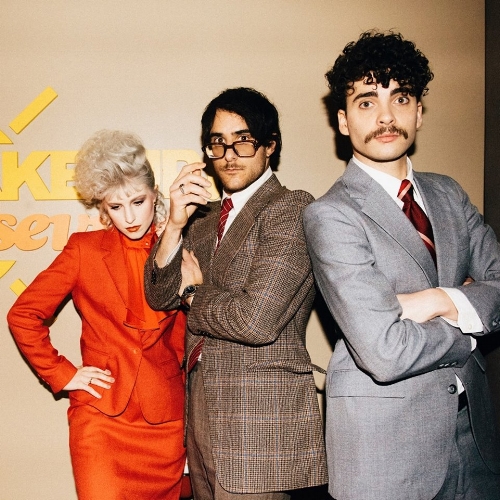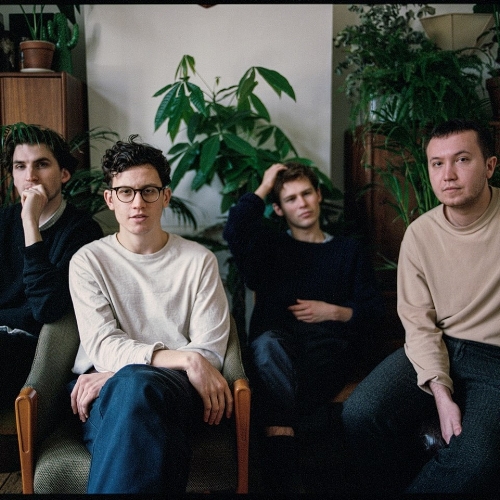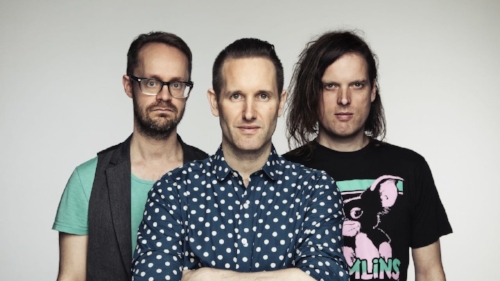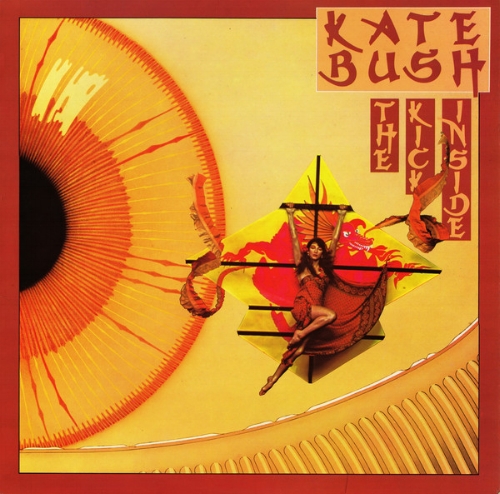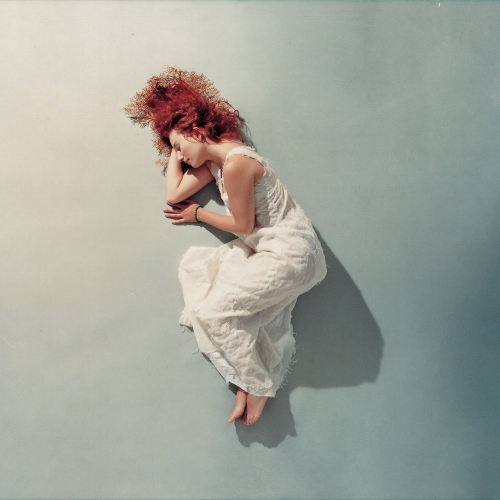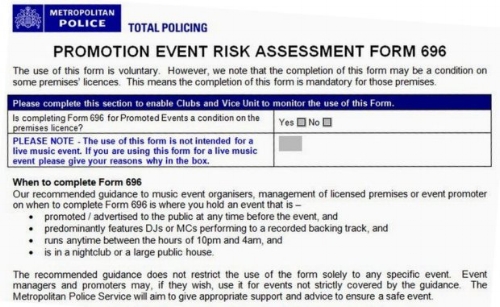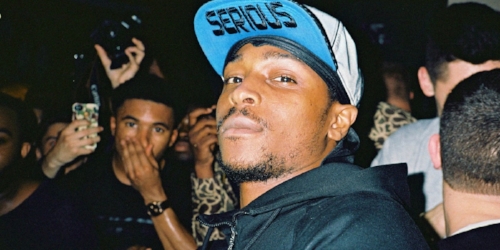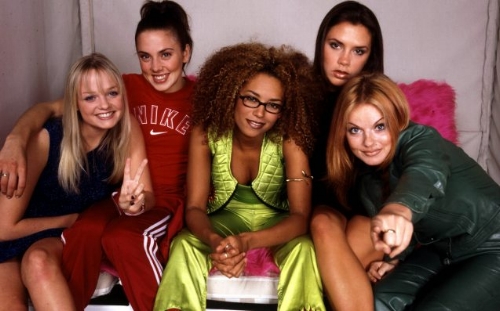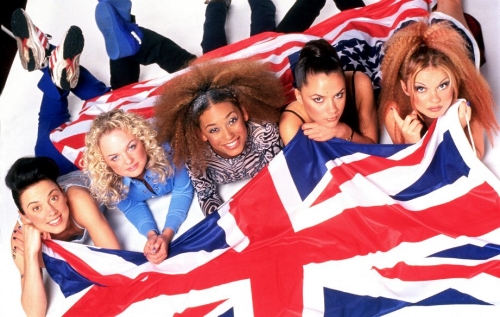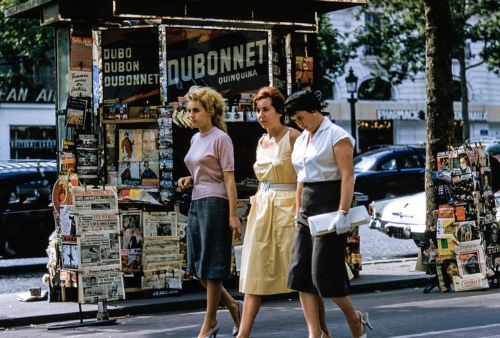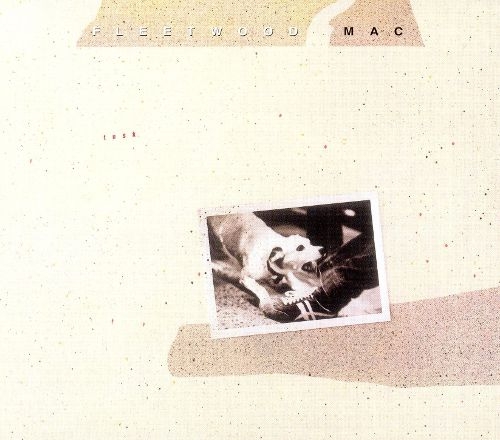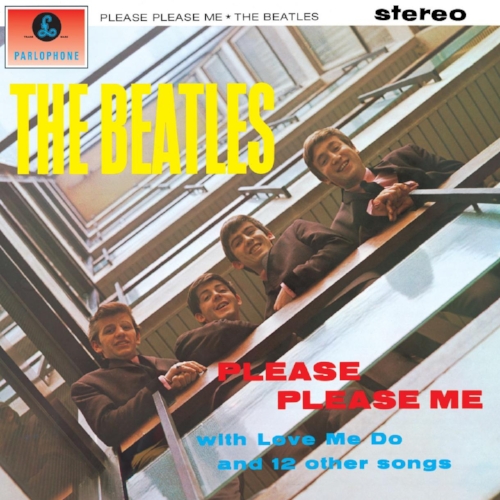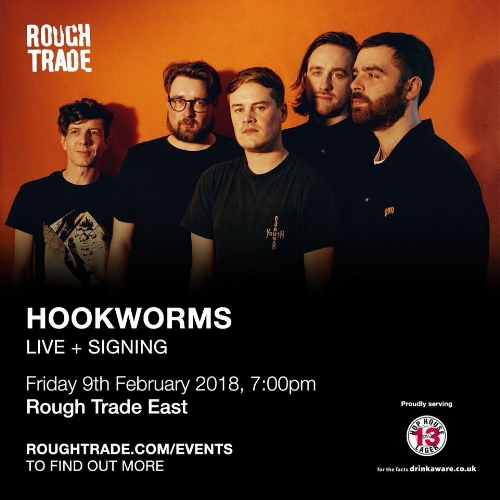FEATURE:
Twenty-(Ten)-Eighteen
PHOTO CREDIT: Unsplash
Ten Great Albums Turning Twenty This Year
_________
IN other posts…
PHOTO CREDIT: Unsplash
I have singled out special years in music where the standard of material has been exceptionally high. 2018 will produce a lot of terrific albums - but I have been looking back and thinking of those albums that will celebrate anniversaries this year. The big 2-0 is a vital one for any album: it means it has endured for two decades and, if it has impacted on modern music, then that makes it so much stronger. There are some albums from 1998 that are worth burying and setting on fire – best not mention them... – but there are classic, incredibly strong efforts that have impacted modern musicians and sound as fresh as the day they were crafted. I have collated the ten 1998-released records, I feel, warrant serious celebration this year.
ALL ALBUM PHOTOS: Getty Images
_________
Lauryn Hill – The Miseducation of Lauryn Hill
Release Date: 25th August
Labels: Ruffhouse; Columbia
Critical Snapshot:
“What’s most remarkable, in retrospect, as the cult of Lauryn Hill grows stronger (sporadic concert appearances becoming the stuff of myth) is how slight some of her songs are on record. For being almost 80 minutes long, Miseducation is a surprisingly easy listen, coasting mostly on Hill’s simple repetition of phrases to emphasize a mood. By album’s end, a cover of “Can’t Take My Eyes Off of You” (with beatboxing) seems obligatory but still a part of what she does best: Like Amy Winehouse, Hill gets at the heart of ‘60s soul while slyly turning it into her own postmodern art project”- SLANT
Standout Track: Doo Wop (That Thing)
Brandy – Never Say Never
Release Date: 9th June
Label: Atlantic
Critical Snapshot:
“Still, what makes Never Say Never a winning record is the quality songs and production. The smooth Monica duet "The Boy Is Mine" and the tripped-out "Top of the World" (which features a rap from Mase) are two examples of what Brandy can achieve when everything's in the right place, and they help make Never Say Never a more adventurous record than her debut” - AllMusic
Standout Track: The Boy Is Mine (ft. Monica)
Beck – Mutations
Release Date: 3rd November
Label: DGC
Critical Snapshot:
“Beck also actually sings, rather than employ his usual deadpan vocals, in an occasionally wobbly baritone that still sounds slightly detached. But there's a warmth to his voice that draws you in, grounding even such surreal numbers as the Zen ballad "We Live Again." In a much more subtle way, these songs ultimately insinuate themselves as insistently as "Where It's At" or "Devils Haircut."
Longtime fans will expect and welcome this type of stylistic gyration from Beck, whose muse has led him on a winding path through primitive folk-blues and quirky hip-hop. But those who discovered him with "Odelay" may not take to this--which is why it makes good marketing sense for the label to treat this as something other than the real follow-up to "Odelay" and not risk bucking expectations. But it's absurd to so pointedly compartmentalize a musician whose success in pushing creative boundaries has made his reputation” – Los Angeles Times
Standout Track: Tropicalia
Elliott Smith – XO
Release Date: 25th August
Label: Dreamwork
Critical Snapshot:
“The tales in "XO" aren't delivered with the vocal growl of Waits' most extreme works. Instead, Smith's whispery vocals remind you of the delicate folk style of early Paul Simon, while the melodies echo the melodic beauty of Simon and Paul McCartney.
"I got pictures, I just don't see it anymore" is a typical Smith expression of disconnect, and there's no mistaking the wound in the line. Yet the gentleness of his delivery throws you off. In a pop world normally divided into darkness or light, this is a strange mix that is at once gently comforting and jarring.
It's a doubly affecting approach because Smith, after two sparse indie efforts, backs the songs with bright musical coloring that helps--in such tunes as "Waltz #2" and "Baby Britain"--to make the anguish in the tunes all that much harder to shake” – Los Angeles Times
Standout Track: Baby Britain
Manic Street Preachers – This Is My Truth Tell Me Yours
Release Date: 14th September
Label: Epic
Critical Snapshot:
“The Manic Street Preachers are also one of the few groups capable of integrating orchestral instruments in a way that still produces great rock music (check out the cello in "My Little Empire"), always avoiding the schmaltzy elevator music that can result when some rock musos get a hold of an orchestra. Meanwhile, they manage to infuse some quite dour lyrics with some of the most haunting melodies in rock this side of Radiohead. Bradfield and Moore seldom choose the obvious chords, arrangements and melodies, resulting in music that is heads- and- tails above almost any band on the planet” - Pitchfork
Standout Track: You Stole the Sun from My Heart
OutKast - Aquemini
Release Date: 29th September
Label: LaFace
Critical Snapshot:
“Anything OutKast touch — from the electrofunk of "Synthesizer," which features George Clinton's familiar falsetto, to the soulful, Isaac Hayes-in-spired title track — sounds as though they took it for a spin through the cotton fields in their Caddy. Sporting plenty of live chops (check the Felastyle horns of "Spottie Ottie Dopalicious") and soulful harmonies, Aquemini's fresh, original feel defies rap's coastal clichés” – Rolling Stone
Standout Track: Rosa Parks
Madonna – Ray of Light
Release Date: 22nd February
Labels: Maverick; Warner Bros.
Critical Snapshot:
“From the insistent swirl of the title song to the rapturous sweep of "Power of Good-Bye," the smoky trip-hop of "Swim" to the hymn-like "Little Star," Madonna has succeeded where all of her pop peers have failed: She's made not just street-smart disco, but smart pop. She's built a rhythm nation that doesn't shortchange content, a record that can be appreciated while working up a sweat on the dance floor just as easily as it can be while cooling off afterward” – Chicago Tribune
Standout Track: Ray of Light
Massive Attack – Mezzanine
Release Date: 20th April
Labels: Circa; Virgin
Critical Snapshot:
“…It's the quintessence of 'Mezzanine', yet at least as good is 'Inertia Creeps': insistent drums, slivery Eastern textures and 3D fidgeting in his mind for some kind of domestic peace, only to find that, "Inertia keeps moving up slowly/Inertia creeps/Moving up slowly". He retreats to bed - "There'll be no sound in my eiderdown" - but finds no respite. The track ends with Del Naja repeating, "She comes", over and over, without resolution. It's hard to think of another band since Joy Division with such an aptitude for articulating the despair that lurks at the very heart of darkness” - NME
Standout Track: Teardrop
Fatboy Slim – You’ve Come a Long Way, Baby
Release Date: 19th October
Labels: Skint; Astralwerks
Critical Snapshot:
“His juxtapositions -- the album swings from hip-hop to reggae to jangle pop, and then all combines into one sound -- are wildly original, even if the music itself doesn't break through the confines of big beat. Then again, when a record is this forceful and catchy, it doesn't need to break new stylistic ground -- the pleasure is in hearing a master work. And there's no question that Cookis a master of sorts -- You've Come a Long Way, Baby is a seamless record, filled with great imagination, unexpected twists and turns, huge hooks, and great beats. It's the kind of record that gives big beat a good name” – AllMusic
Standout Track: Right Here, Right Now
Queens of the Stone Age – Queens of the Stone Age
Release Date: 22nd September
Label: Loosegroove
Critical Snapshot:
“Soon, QOTSA would become a real band, with real hits. But they'd never again groove like this, with gurgling Teutonic drones swallowing Stooges chords and intercepted radio cross talk. (This remastered version adds three old EP tracks.) When Homme hums that "words are weightless here on Earth because they're free" over dense space swirl, you hope gravity never takes hold” - Rolling Stone
Standout Track: Mexicola




